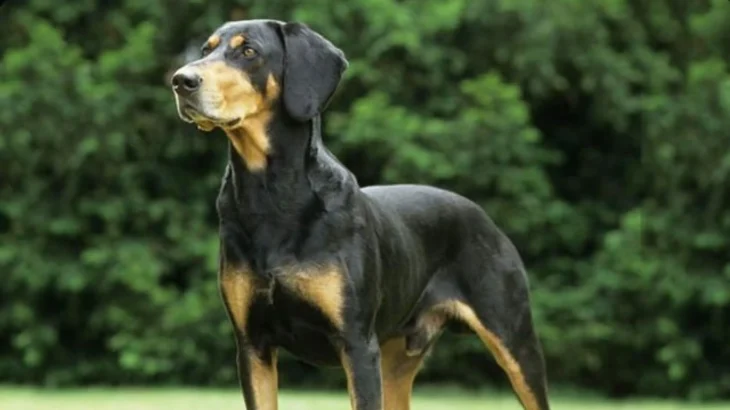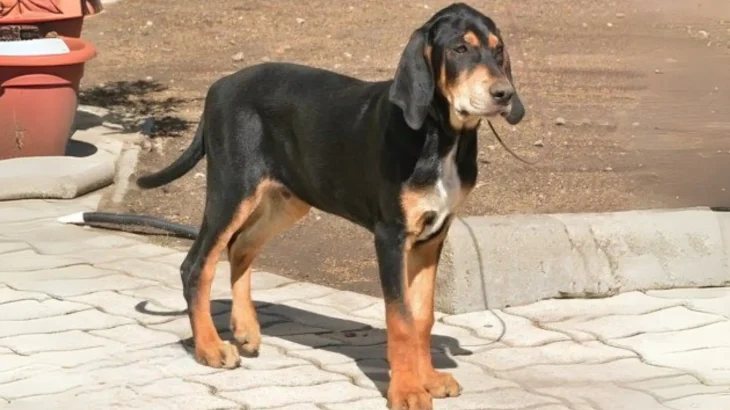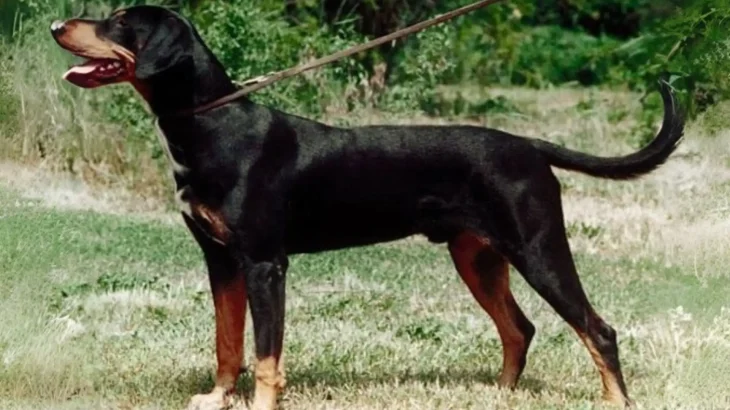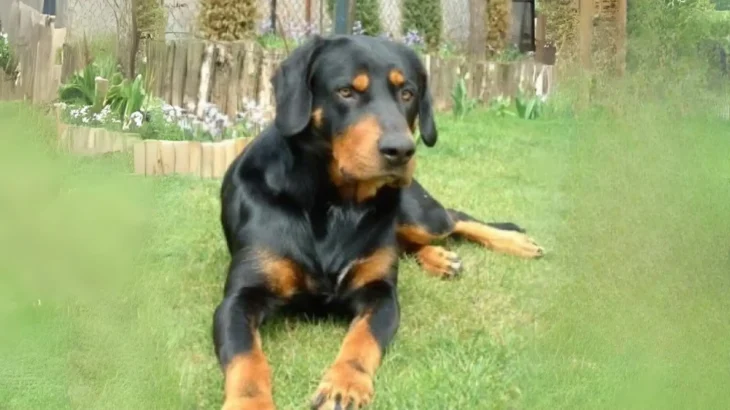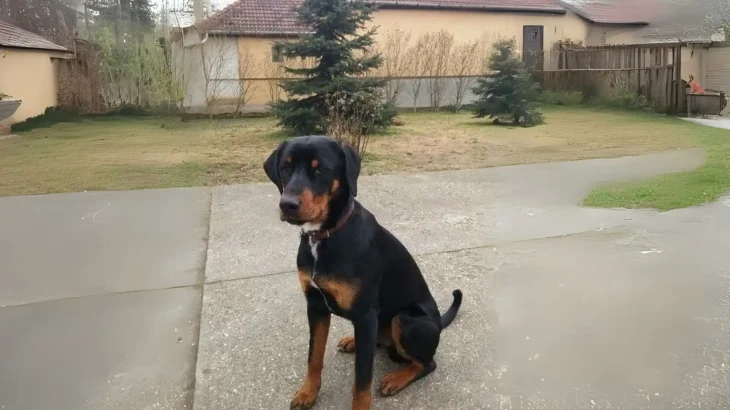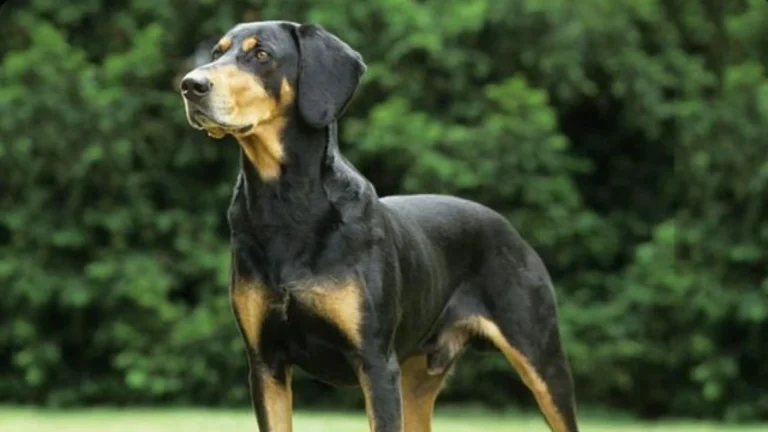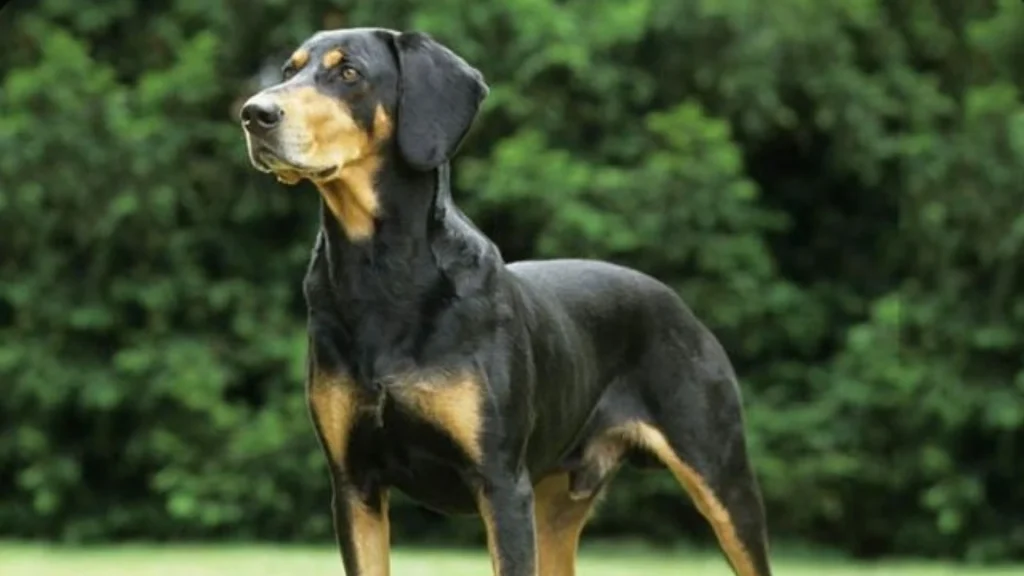Deciding whether to buy or adopt a Transylvanian Hound puppy depends on your preferences for health transparency, breed assurance, and ethical practices. Buying from a breeder usually provides documented lineage and health history, while adoption offers a loving home to a dog in need, with less certainty about its background.
| Criteria | Buying from Breeder | Adopting from Shelter/Rescue |
|---|---|---|
| Cost | Higher price reflecting purebred status and breeding costs. | Lower fees, helping dogs in need. |
| Health History | Detailed health and genetic information given. | Medical history often limited; basic health checks done. |
| Age Availability | Usually puppies, allowing early bonding. | Various ages, including adults. |
| Temperament Insight | Breeders share lineage-based temperament details. | Based on shelter observations; full history often unknown. |
| Supporting Practices | Supports ethical breeders. | Supports animal welfare by rescuing dogs. |
| Breed Purity & Pedigree | Pedigree and breed purity guaranteed. | Possible mixed breed or unknown pedigree. |

